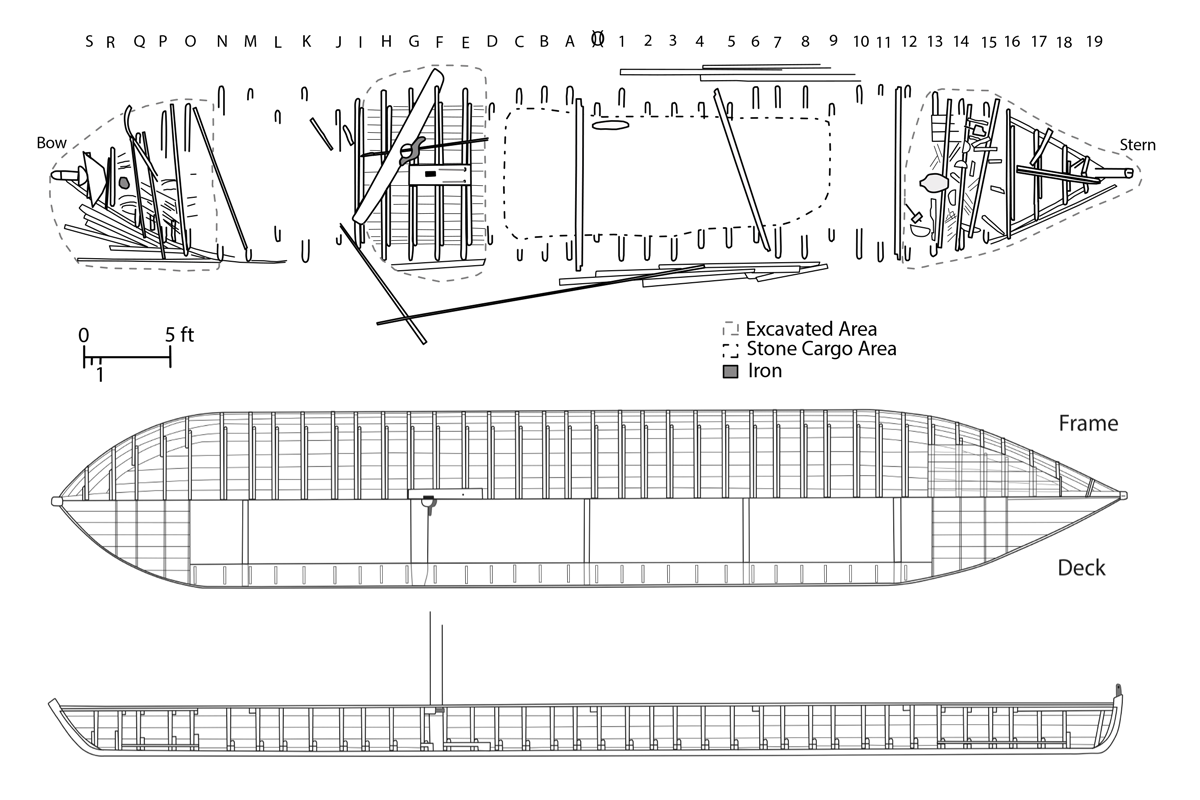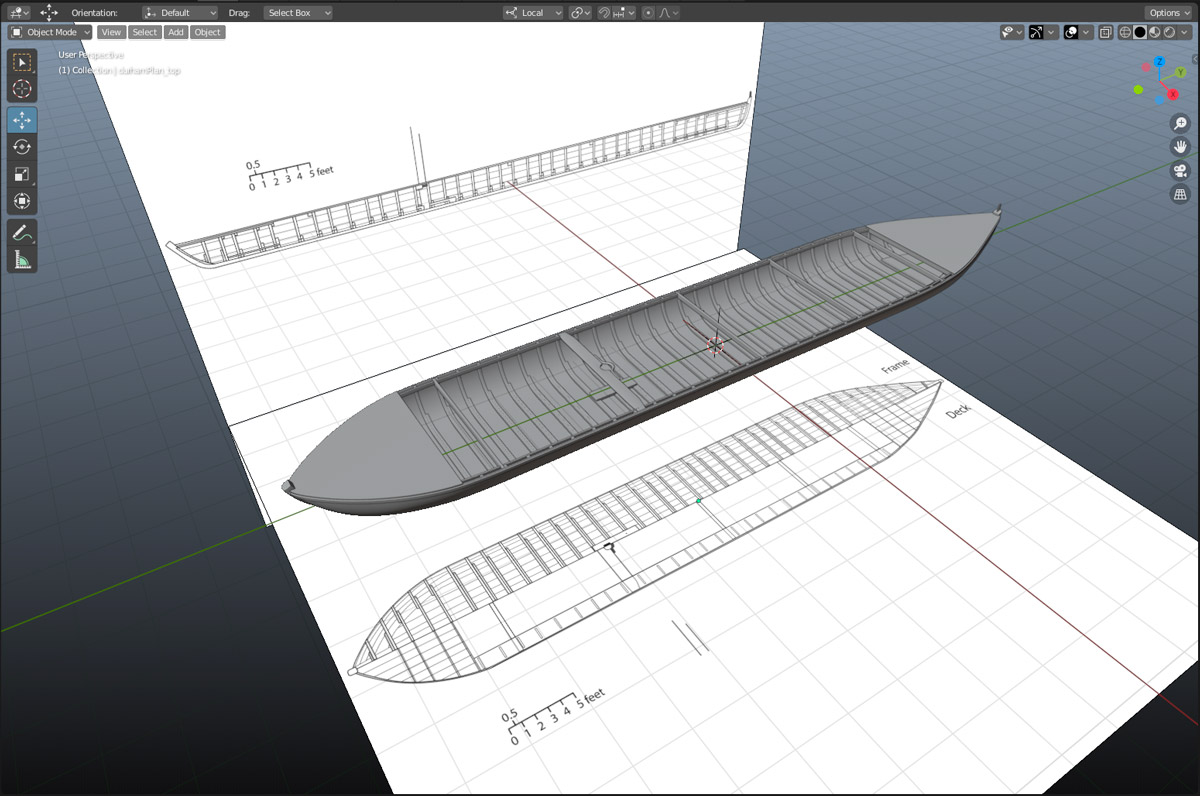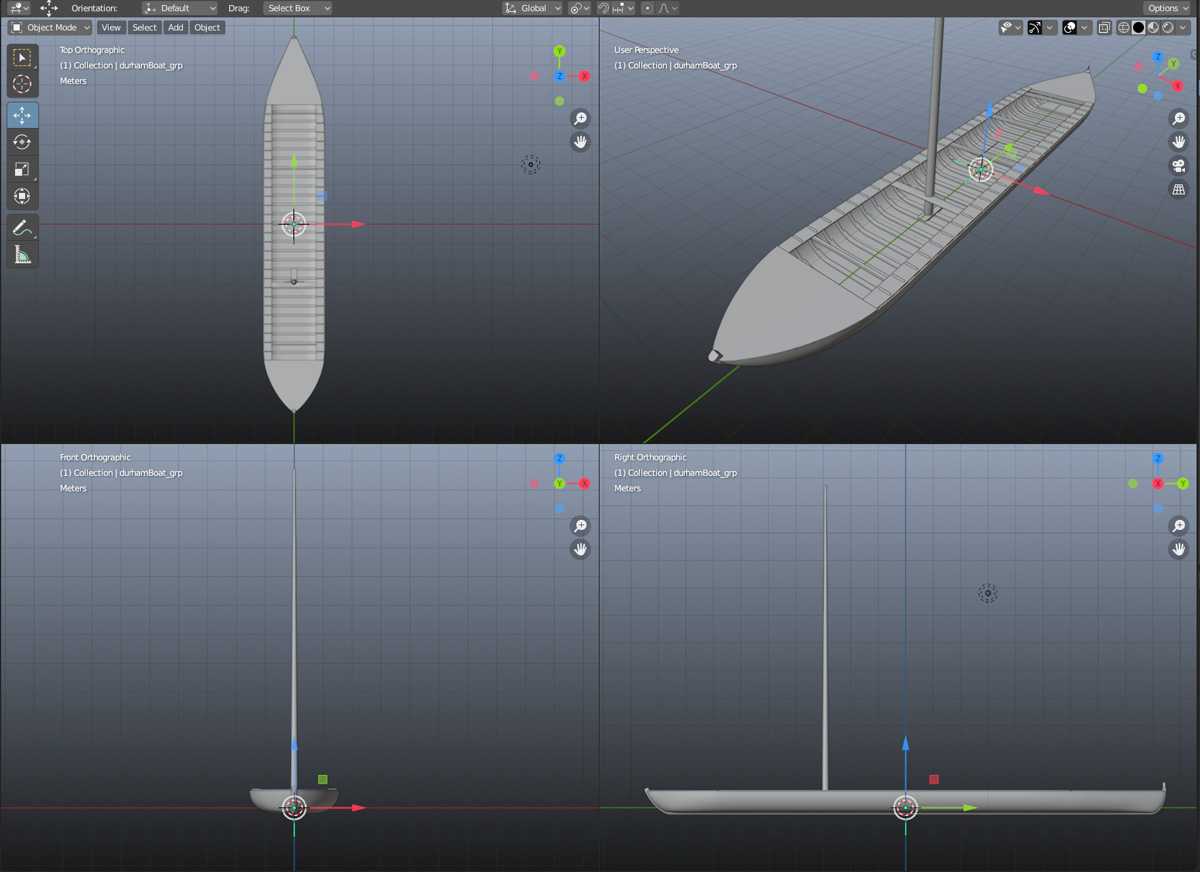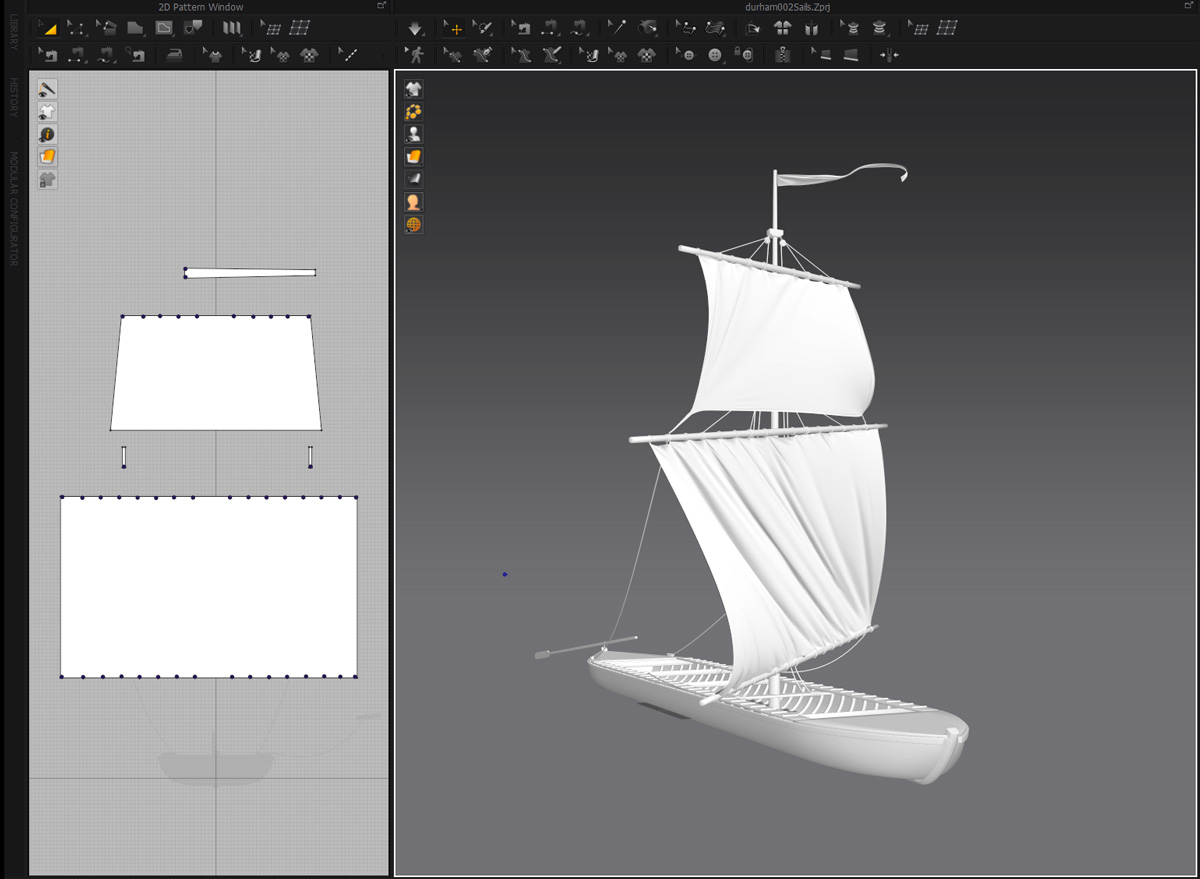
By 1803 the Western Inland Lock Navigation Company had opened an unobstructed water route from Schenectady to Oneida Lake. Durham boats, because of their large cargo capacity, became the watercraft of choice for those who wanted to ship goods and raw materials between the interior and the eastern seaboard.
But there are clues that the Durham may have been introduced even earlier.
Historian Philip Lord Jr., in The Navigators: A Journal of Passage on the Inland Waterways of New York (1793), quotes a 1793 letter sent to Philip Schuyler, president of the Western Inland Lock Navigation Company, recommending a contractor named John Richardson for work on Wood Creek. The letter mentions that Richardson “has lately constructed a boat of thirteen tons burden on a plan which has never before been adopted in this State, and he has been so successful that we have no doubt but his improvement will prove extensively useful. He has brought this boat from the upper end of Cayuga Lake with a freight of six tons without the least inconvenience.”
While sailing his unusual vessel from Cayuga Lake to Wood Creek, Richardson would have crossed Oneida Lake, a key crossroads of the improved navigation system. For the next 50 years, generations of Durham boats would have followed across this shallow but often hazardous body of water. Inevitably, some would have been lost.
Sure enough, one was discovered in 2011 by Timothy Caza, who returned with a team in 2015 to do a partial excavation and document the site. You can read Caza’s account here.

An academic paper (Durham Boat – Defining a Vernacular Watercraft Type) coauthored by Caza, Ben Ford, an anthropologist who advised the team and took part in the excavation, and other members of the team, documents the excavation in detail, including measurements of the boat, the materials from which it was constructed, and artifacts found on the site.
Because of their work, we no longer have to depend on vague second-hand descriptions and guesswork. We can digitally recreate this specific boat, which we know voyaged upon the inland waters of New York very early in the country’s history.

The model is built in Blender, a free, open-source 3D modeling and animation software package that I’m trying for the first time. So far the experience has been very positive – the application is powerful, the documentation is fairly complete, and there is a base of devoted users online very willing to help. Blender may become my main modeling application going forward.

If you compare the drawings of this boat to historical re-creations of Delaware River Durham boats, you will notice a few differences. This should come as no surprise. Besides regional variations, individual builders probably had their own ideas of how a Durham should be constructed. Add to that the availability of raw materials and various skill levels of the builders, and it would be surprising if they were all the same.
However, they were all built along the same basic plan: about 60 feet long, 8-10 feet wide, lightweight, flat bottom, no true keel, pointed fore and aft. Many Durhams included a removable mast and could be rigged when the wind was favorable. Usually they were propelled by men using set poles in shallow water, and oars in deeper water.

This design meant they were most at home in shallow, swift streams, and their maneuverability and speed earned the admiration of the men who worked on them.
Wilson Lugar, who owned and operated a Durham on the Delaware River in the mid-19th century, was quoted by J. A. Anderson in Navigation of the Upper Delaware, published in 1913:
“The Durham boat was the most beautiful modeled boat I ever saw. Her lines were perfect and beautiful. Her movement through the water was so easy, with such a clean run aft, that she left the water almost as calm as she found it. . . . They could outsail any boat I ever saw sail, with a fair wind.”

I am taking a few liberties. No mast or spars were found with the wreck, but it did include a step and brace for a removable mast. So a mast, spars, and rigging are added based on the engraving from Christian Schultz’s 1810 Travels on an Inland Voyage. In the same vein, I’ve added a gunwale (a thin strip of wood to protect the top edge of the hull) an inner gunwale (or inwale), and thole pins for bracing the oars. But those are the extent of my additions.
The model will be placed on the Mohawk River in the background of the scene set at The Noses. But after all this work I’ve decided take a brief detour and make another scene where it can play a more prominent role.

